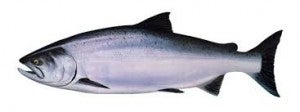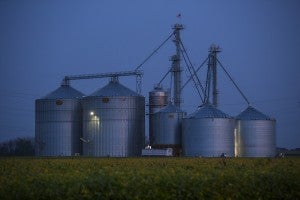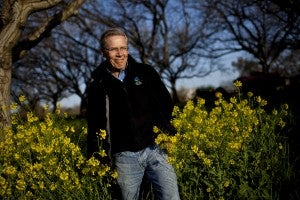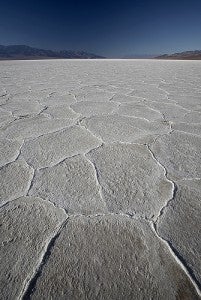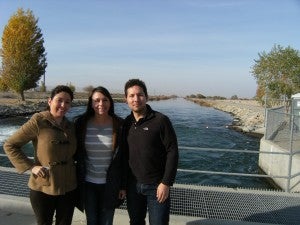
Ana Lucia Garcia Briones (left) joined colleagues for a visit to the Kern Water Bank in Bakersfield, California, which uses California’s groundwater space to store 1.5 million acre feet of water and retrieve it when account holders need it.
On World Water Day, I am reminded of what brought me to the Environmental Defense Fund: a passion for working on market-based incentive programs to improve groundwater management in California, ultimately benefiting multiple, diverse communities.
Born and raised in Mexico City, I moved to San Francisco to work on drought-related problems in California. It has been a surreal experience, allowing me to help disproportionately impacted communities, many of which are poor Latino communities in the rural Central Valley, where most of the nation’s fruits and vegetables are grown. In this way, I feel a little bit closer to home.
Water security for all
Many people may not realize it, but only about 5 percent of usable water in California is visible; the rest is underground. With access to surface water curtailed because of a five-year drought, many of the state’s biggest water users – farms and cities – have relied on groundwater pumping as a last resort. This has drawn down aquifers to dangerously low levels, and has left some rural communities without any water at all. Read More










